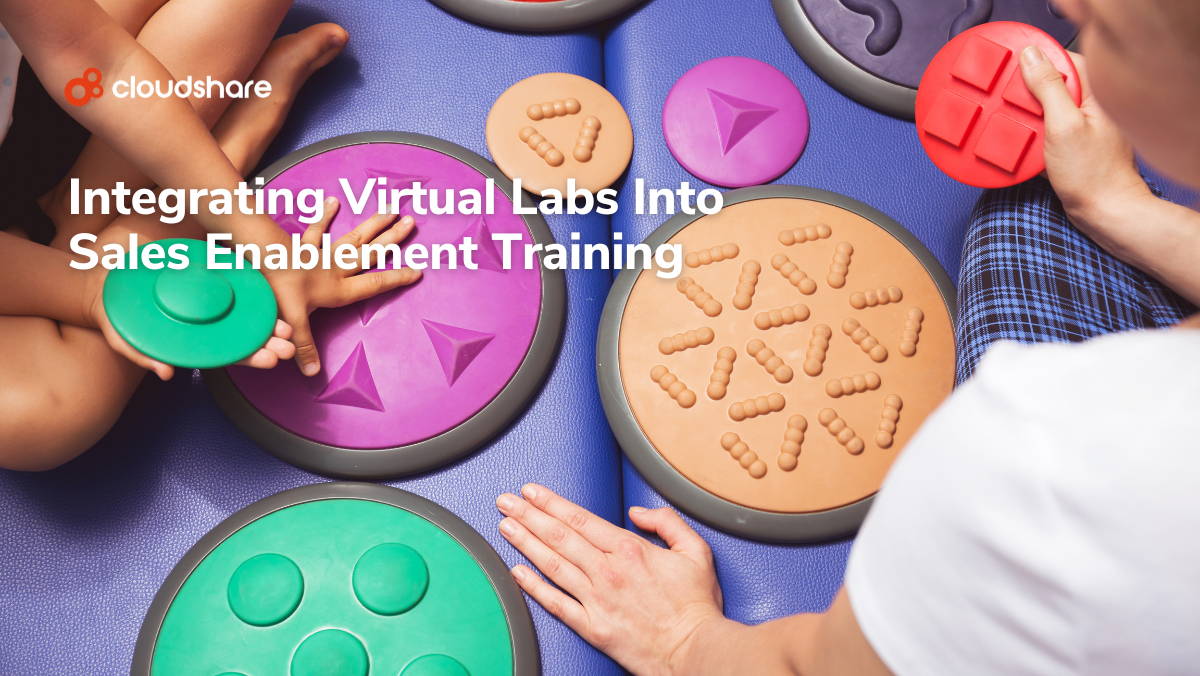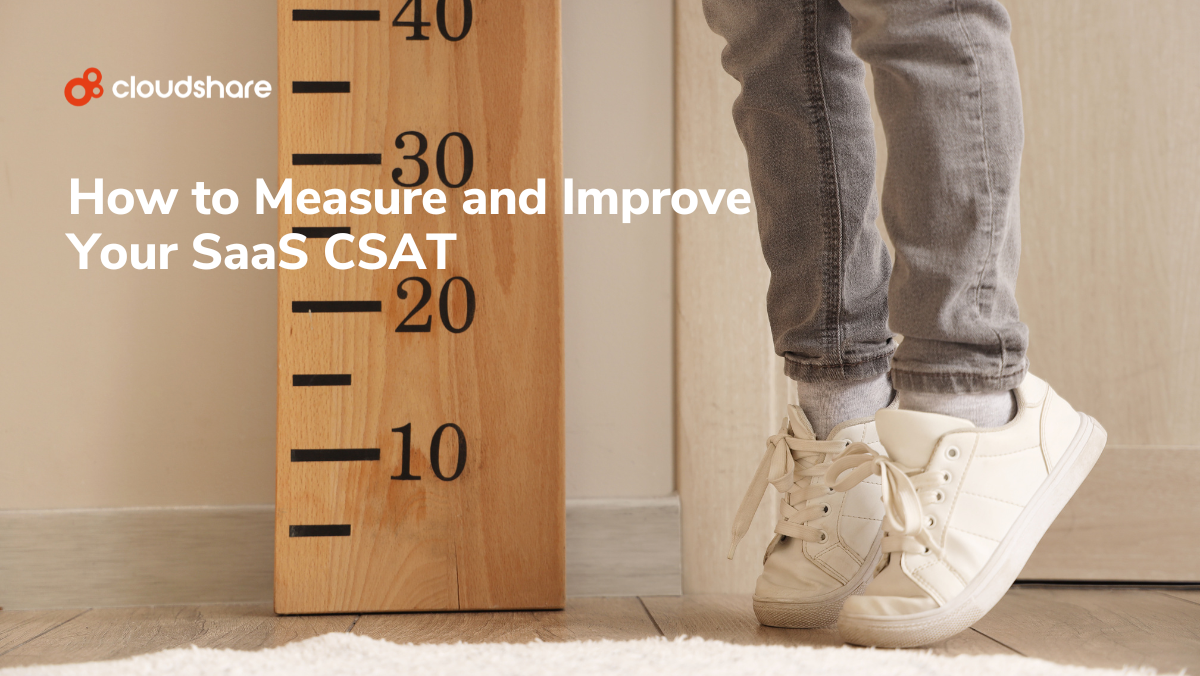
Sales enablement has a simple objective that’s not quite so simple to achieve — finding the best way to engage with prospects at each touchpoint in your sales funnel. This demands an understanding of your customers and their journey. It requires oversight from a dedicated team to maximize efficiency and performance.
Finally, it involves data management, content creation, and consistent reporting.
We’ll go over the critical role sales enablement technology plays in helping your organization fulfill these responsibilities, and what you should look for in a sales enablement tool.
Why Are Sales Enablement Solutions Important?
Sales enablement software provides your business with a consolidated dashboard through which it can manage, monitor, and control the entire sales funnel and onboarding process. In addition to addressing the process and management challenges of sales enablement, an enterprise sales enablement solution empowers sales teams with tools that allow them to connect with potential customers on a far deeper level.
The Benefits of a Sales Enablement Solution
Combined with a proper strategy, an effective sales enablement platform is instrumental in helping your organization align sales, marketing, and customer success. It breaks down communication silos, enabling greater collaboration across your company. Ultimately, this results in better, stronger customer relationships for several reasons.
Data-Driven Sales Decisions
Through analytics tools and CRM integration, sales enablement solutions provide comprehensive information about each prospect. This helps determine not only which leads are most likely to convert, but also assists in personalization. This in turn creates a better, more unified customer experience — one far likelier to secure a new subscriber.
Empowered Salespeople
If your company is anything like most, your sales team is likely struggling to keep up with demand, with many salespeople struggling to meet their quotas. The issue isn’t that they lack the motivation or skill. It’s that they lack the necessary tools, and as such are overwhelmed by the demands of their role.
Through intelligent automation and a consolidated interface, sales enablement software removes the busywork from your sales cycle. At the same time, it arms your team with a powerful suite of tools that helps them do their job. As a result, they’ll be both more productive and more effective — meaning more sales and greater subscriber growth.
Continuous Improvement
Sales enablement is an ongoing process. There’s always something you can do better, from more effectively communicating a value prop to addressing a bottleneck in customer education. The right sales enablement tool makes it far easier to achieve this, providing you with insights into sales calls, training metrics, and more.
Stronger Pitches
“But what can your product do for me?”
That’s the number one question sales teams need to answer. Customers not only expect to hear your company’s value proposition, they expect your salespeople to tailor your unique selling points to their specific needs. Sales enablement software provides your team with both the insights and the resources necessary to accomplish this, combining proof of concept demonstrations with marketing content and internal documentation such as talking points and frequently asked questions.
Better Training and Onboarding
Sales enablement software provides your people with the necessary training and guidance to both adopt the new solution and adjust their approach. This helps new salespeople get up to speed far more quickly. For veteran sales professionals, it allows them to embrace the mindset necessary to engage with modern audiences while also learning how to use the
Key Components of B2B Sales Enablement Solutions
In order to maximize sales enablement success, your sales enablement toolset should include the following characteristics and technologies:
- Ease of Use: Your team should be able to quickly learn and understand the solution, otherwise you may end up investing far too much time and resources into training.
- Integration: At the minimum, your sales enablement solutions should be able to readily integrate with your CRM and with one another.
- Analytics: Sales is ultimately a data-driven profession, and the more data your salespeople have access to, the better. To that end, any sales enablement platform worth its investment will feature comprehensive metrics for every corner of your sales funnel.
- Personalization: Sales enablement needs to be tailored not just to the customer, but to the salesperson, as well. Look for a platform that supports custom workflows.
Other tools that are critical to sales enablement include:
- A Sales Enablement Automation Solution: Traditionally, salespeople are responsible for a laundry list of cumbersome, time-consuming, and repetitive administrative tasks. Find a tool capable of automating those tasks, leaving your team free to focus on growth.
- Content: Sales enablement and content marketing are two sides of the same coin. Whether through integration or out of the box, your sales enablement software must support your content marketing efforts. This includes sharing, curation, creation, and management.
- Intelligence: The more your organization knows about its prospects, competition, and revenue streams, the better-equipped your salespeople will be to do their job. Sales engagement, revenue, and competitive intelligence are all non-negotiable.
- Product Demos and Onboarding: Onboarding is a must, for customers as much as internal employees. Look for software with the capacity to easily spin up custom-built, hands-on training environments that replicate the real world.
Next Steps: Learn How to Build a Strong Sales Enablement Process
There’s a lot that goes into sales enablement. It’s not just about choosing the right technology, but also about implementing the right processes. In a fast-evolving digital landscape, this is more challenging than ever, requiring a strategic, informed approach.
If you want to learn more about what such an approach involves, check out How to Build a Virtual Sales Enablement Process, a blog post that explains the concept of virtual sales enablement, how it fits into existing SaaS organizations, and the four steps you can take to incorporate it into your own company.




